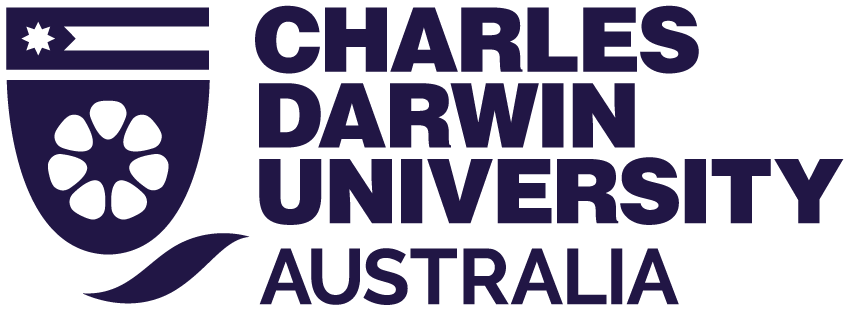Week 10: Managing Product Delivery, Managing a Stage Boundary, Closing a Project
Introduction
This week, learning is broken into three parts:
- A summary of three processes is provided, these are:
- Managing Product Delivery
- Managing a Stage Boundary
- Closing a Project
- Completing Assignment 2.2 Self and Peer Assessment
- Learning activities that will contribute to the development of a Project Management Plan.
Previously on PMO201
Controlling a stage is a process whereby the Project Manager assigns work to be done, monitors progression of the work, deals with issues and takes corrective action and report progress to the Project Board. In larger or more complex projects a similar process is carried out by the Team Managers. PRINCE2 calls this process Managing Product Delivery. Small or less complex projects merge the two processes, and both become the responsibility of the Project Manager.
Managing Product Delivery
Managing Product Delivery places formal requirements on Team Managers, who accept, execute and deliver project work. The role of the Team Manager is to coordinate an area of work, that can be either internal or external to the organisation, to produce one or more of the project’s products.
Managing Product Delivery involves three steps:
- Accepting a Work Package
- Executing a Work Package
- Delivering a Work Package
Accepting a Work Package is a step that gives the Team Managers opportunity to review and negotiate the Work Package before commencing. It provides opportunity to consider constraints and determine whether the requirements of the Work Package can be achieved. The underlying principle of this step is about securing agreement between the Project Manager and the Team Manager on what work needs to be done. People work more effectively when they know, believe and commit to doing tasks that they can achieve.
Executing a Work Package is when you actually do the work. The primary component of executing a Work Package is to create a specialist product or products as specified in the requirements, and these need to be done within agreed tolerances. All work outside of agreed tolerances is beyond the authority of the Team Manager and requires the Project Manager approval. Using PRINCE2, can help Team Managers develop habits that improves the effectiveness of the project as a whole and extend beyond the creation of the current Work Package. The good additional habits include updating the quality register, the configuration item record, the team plan, as well as creating checkpoint reports and identifying any new risks or issues. All approvals also need to be recorded.
Delivering a Work Package is a formal process where the Team Manager notifies the Project Manager that the Work Package is completed. In some organisations the formal nature of this process will include documented procedures that specify how to deliver completed products.
Managing a Stage Boundary
Managing a Stage Boundary is all about ensuring that the project is still justified. It is a process that should be executed at, or close to the end of each management stage. It includes the following activities:
- planning the next stage
- updating the project plan
- updating the business case
- reporting at the end of the current stage; and when required
- producing an exception plan.
Accurate information should be provided to the Project Manager and then on to the project board to make good decisions. A decision to stop a project does not necessarily reflect poorly on those that were executing the project, because reasons often arise from influences outside of the control of those executing the work. A management culture that provides permission to fail is often a great quality that is found in successful project management teams as long as it is not used as an excuse for not achieving where success was viable. It is however, a greater failure to provide sufficient information and prevent a project board from being able to make informed decisions. This is a far too common in projects.
When a project is not performing as expected, PRINCE2 is structured in such a way to make allowances for change. If a current stage exceeds or is going to exceed tolerances, this information should be put into an exception report. The project board may request that the current stage be re-planned. The output of the re-planning is called an exception plan.
The primary output from the process of Managing a Stage Boundary is the creation of the next stage plan which includes the creation of product descriptions for the next stage. Included in the planning of the next stage, the Project Manager also needs to update the configuration items record, the risk register, the issues register and a quality register.
Closing a Project
Closing a Project is about fixing a point in time and production where all necessary stakeholders recognise that the project is complete. This sounds simple, however in many organisations the project team continues to be asked to do work after specifications have been met or premature closure is agreed upon. This is nothing more than overrun or scope creep. To avoid such situations a project Manager should complete the activities specified by PRINCE2 to help formalise the process and leave all stakeholders with a clear understanding that the project is finished. The activities include:
- preparing a planned closure; or
- preparing a premature closure
- formally handing over products
- evaluating the project and providing specified reports
- recommending the project closure to the project board.
